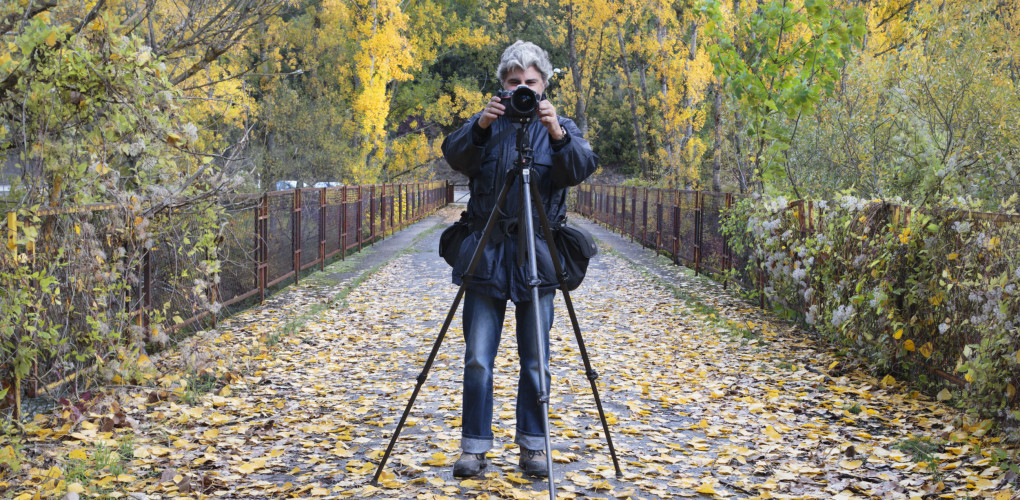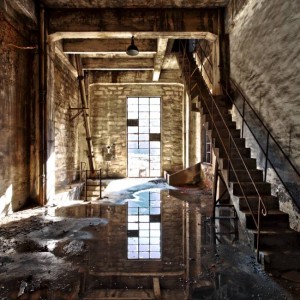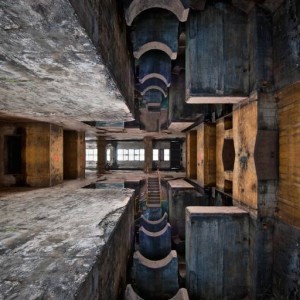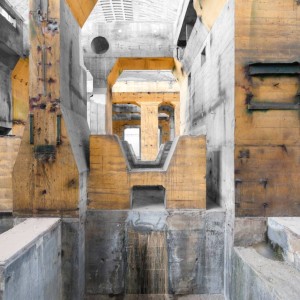Inside the Studio
 Cesar Azcarate
Cesar Azcarate
What are the major themes you pursue in your work?
I think my background in architecture fully determines my photographic language. I like to understand photography as a complement to architecture. Architects create spaces for man, but in photography I am more interested in the celebration of the space itself, without human presence and without activity. I need to photograph spaces, buildings and places looking to find a hidden, anonymous architecture.
To do this, the application of technical rigor and compositional order are necessary. This enables me to take pictures of these hidden architectural spaces. As a result, they are able to express in their abandonment and solitude unique spatial and artistic qualities. In most cases, my work intends to claim anonymous architecture that has rarely been valued. But when this architecture is close to its end, it is able to bring the viewer’s reaction through some personal vision.
As an architect, I understand natural light as one of the materials that make up the architectural work. So I never photograph with flash, and I try to give the importance that illuminated spaces with natural light deserve.
What was the best advice given to you as an artist?
For the moment, I have not had any particular advice.
Prefer to work with music or in silence?
In my photographic experience and taking into consideration the places where I move, the scenarios are completely silent, allowing me to feel them more intensely and hear in detail their true qualities. However, in further processing in the studio, I try to assign artists or styles of music to each of the photographed scenes. In this way, the music becomes another ingredient with its role in the final work. I almost always process photographs at night, which is more conducive to working with good music.
If you could only have one piece of art in your life, what would it be?
Undoubtedly The Comb of the Winds by Eduardo Chillida in San Sebastian. It is a very strong work of art, where the sea, the deep cultural essences of the place and the space created between heaven and earth are capable of meeting the highest artistic feelings. It is in my view one of the crowning works of the famous Basque sculptor. In The Comb of the Winds, the objectual character of the work is not important, but rather the relationship between mother nature and man.
Who are your favorite writers?
All who are able to become emotional with their understanding of the context, space and the places where the action takes place. For this reason, the historical novel is one of my favorite genres and I could talk about young writers like Luz Gabas, who I have been reading lately, or more classical writers like Italo Calvino.















